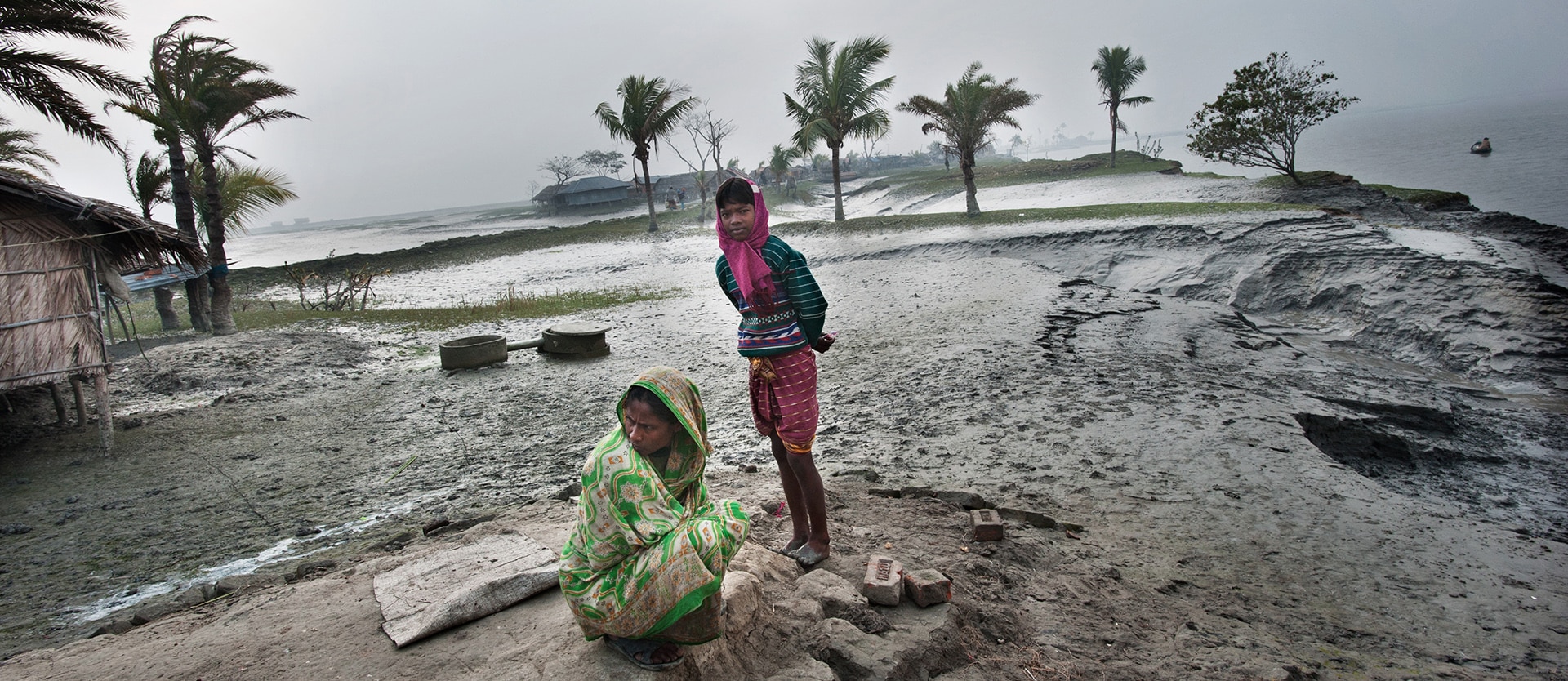Dutch photographer Kadir van Lohuizen, a member of NOOR Images, has traveled around the world, meeting people who are already suffering the consequences of sea level rise. He publishes After Us the Deluge: The Human Consequences of Rising Sea Levels, an extensive, superbly documented photography project.

You’re getting blind.
Don’t miss the best of visual arts. Subscribe for $9 per month or $108 $90 per year.
Already suscribed ?


